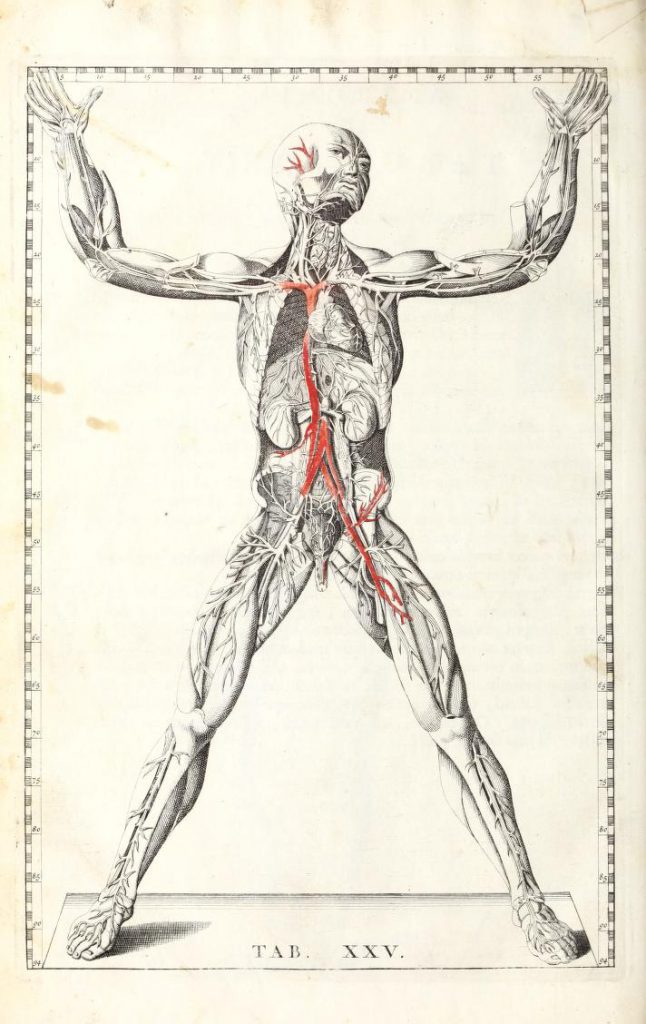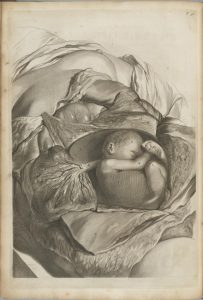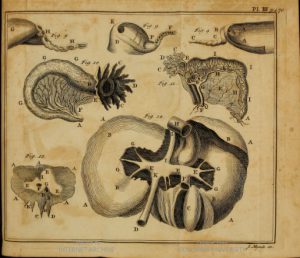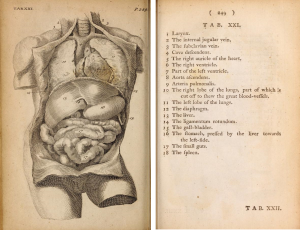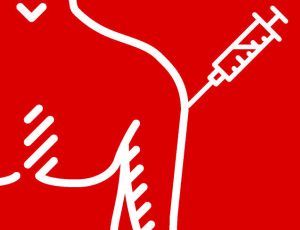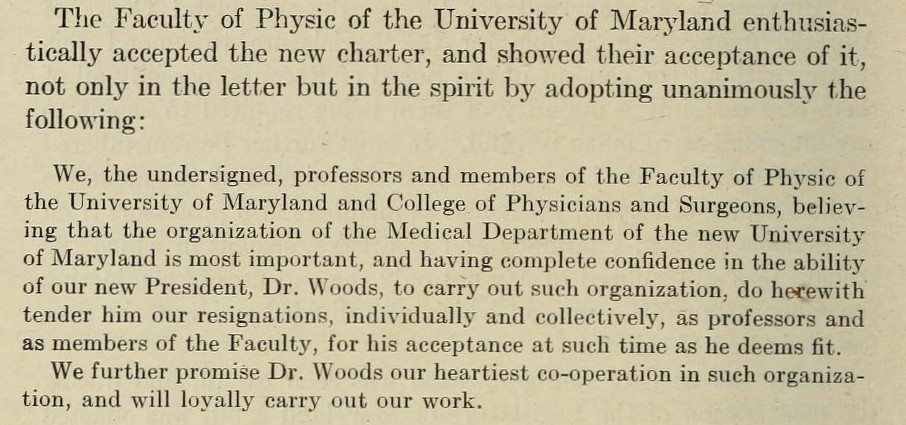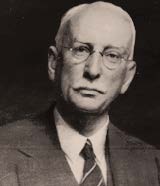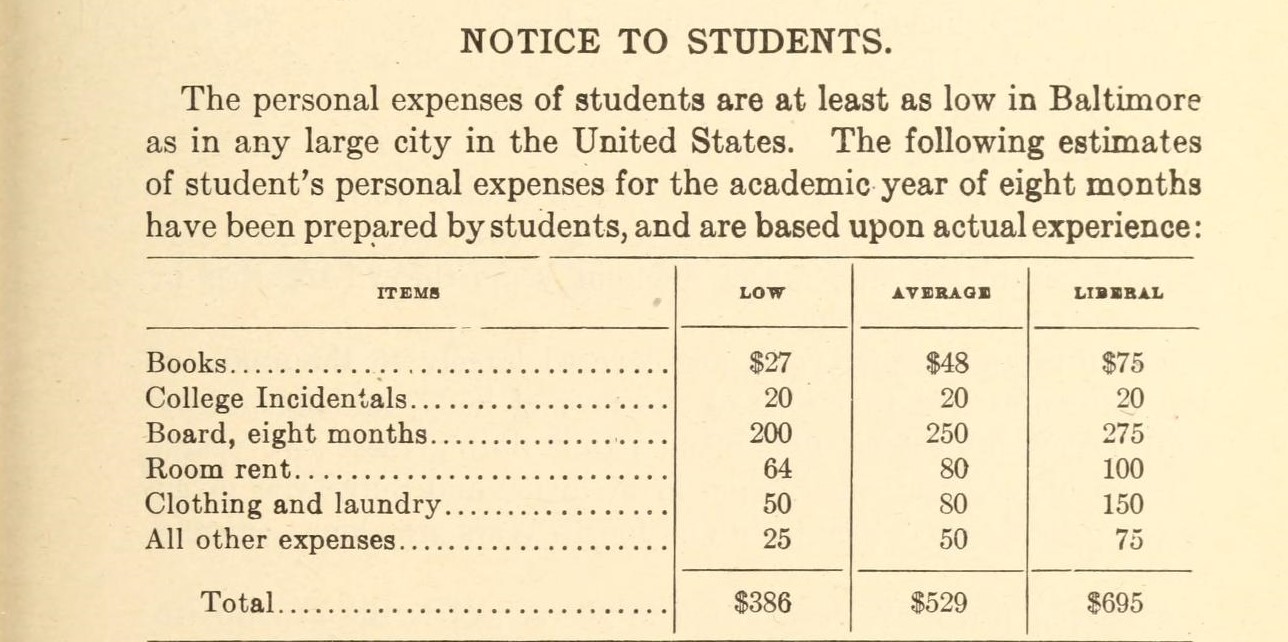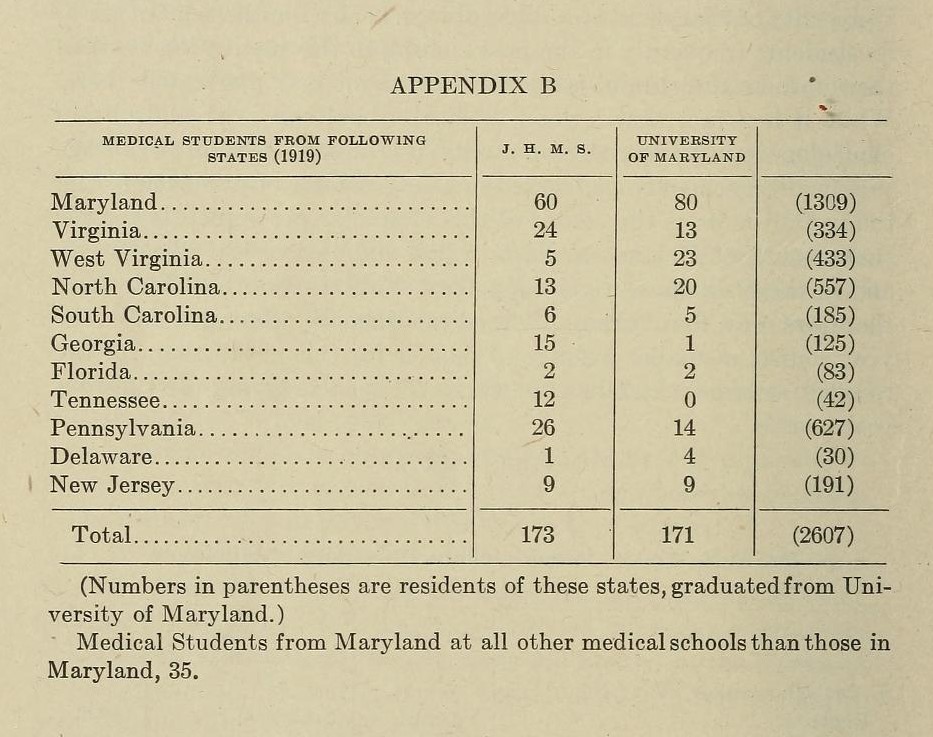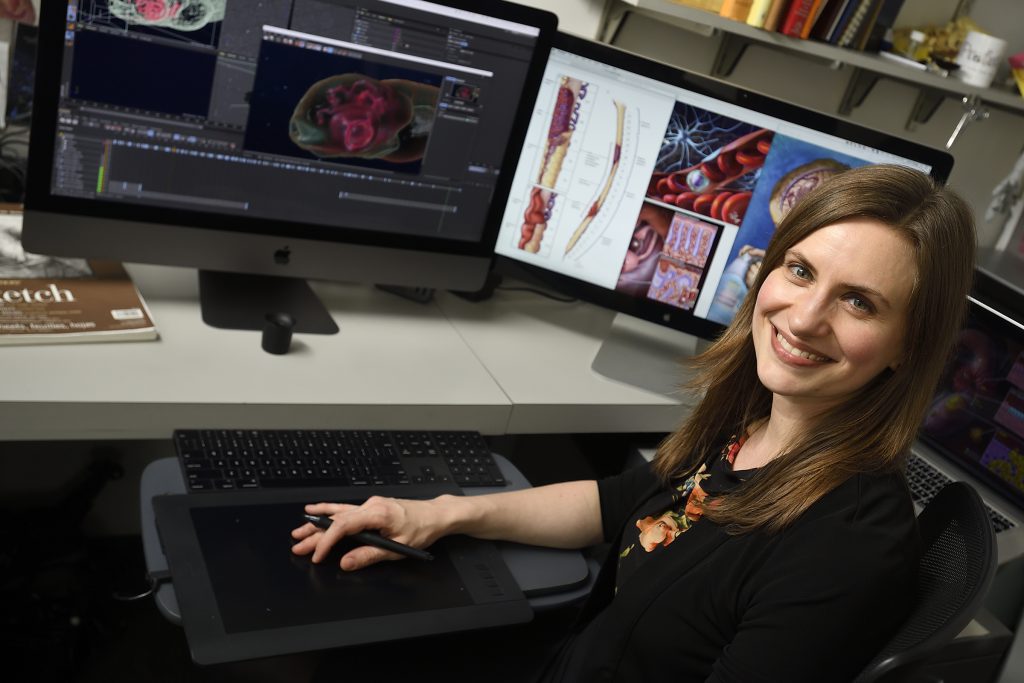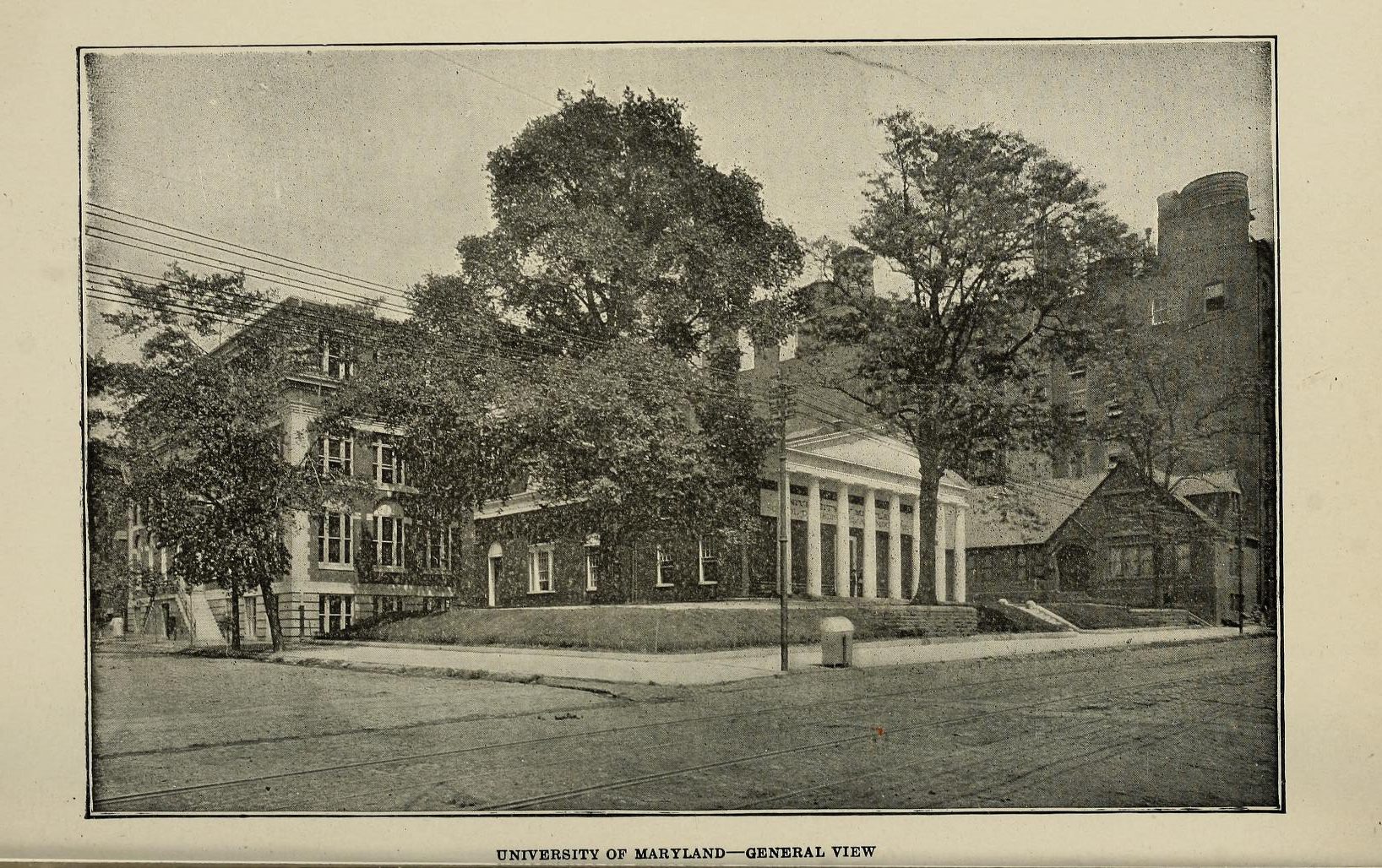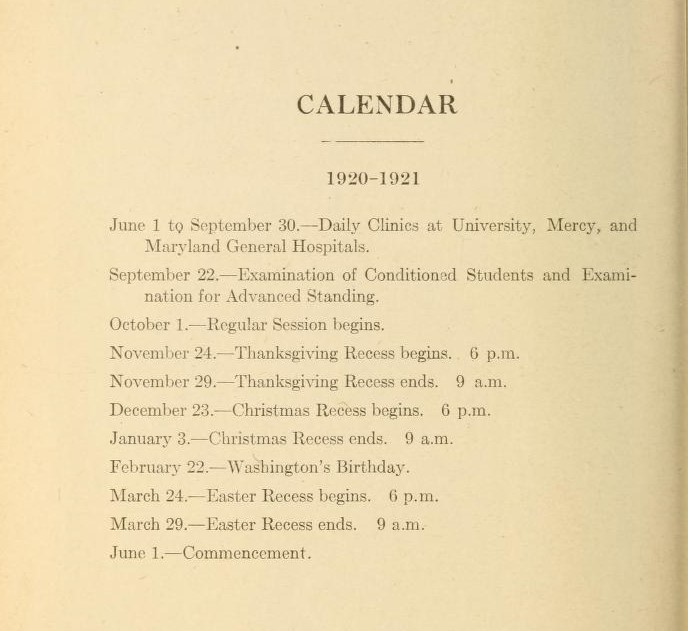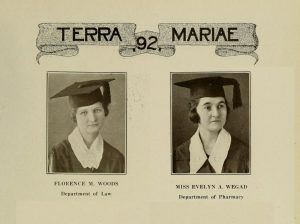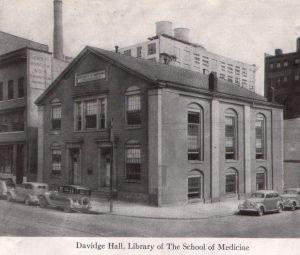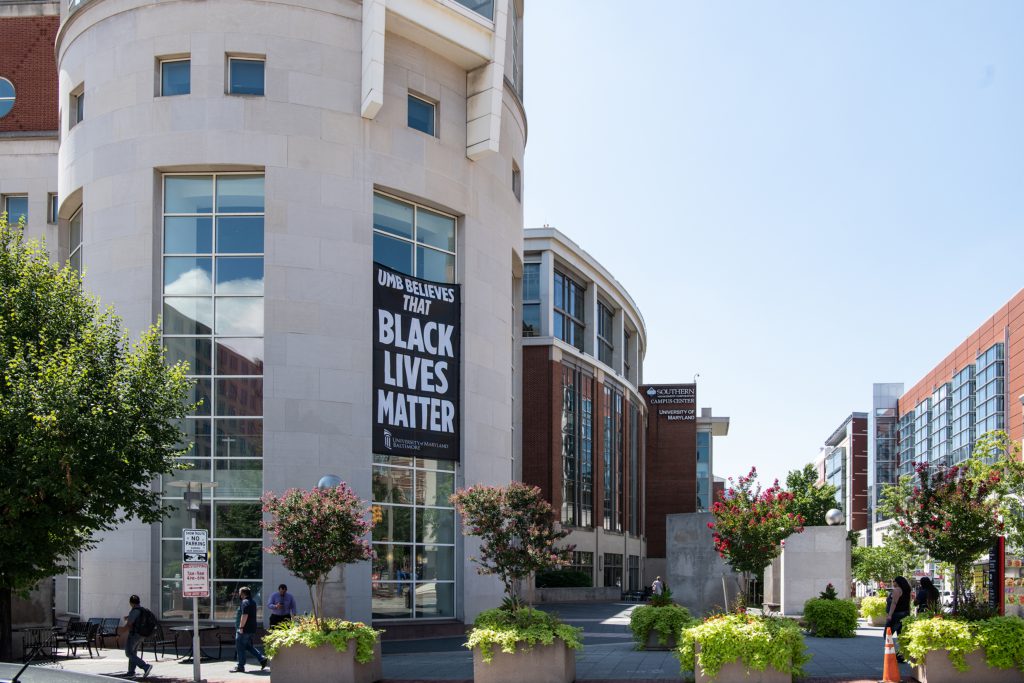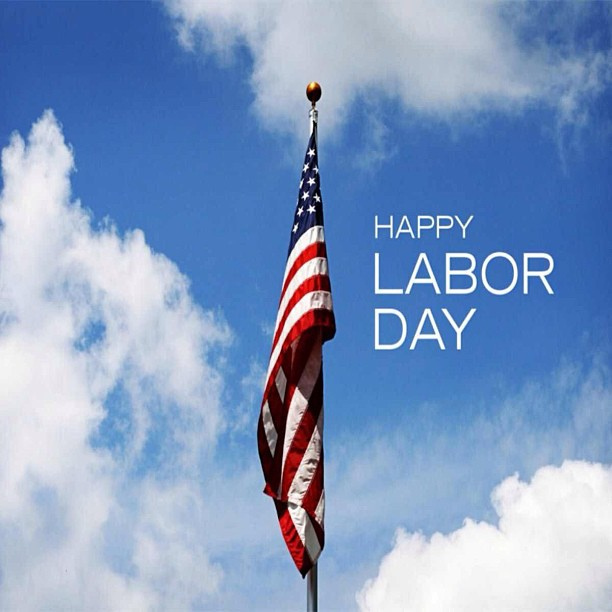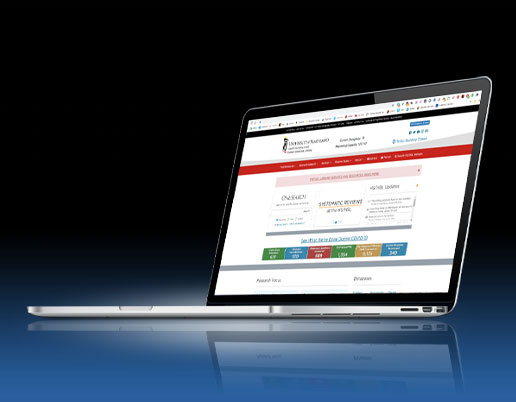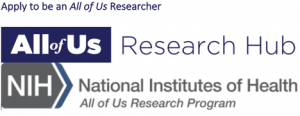Medical Illustrators and Illustrations in the HS/HSL’s Historical Collections
On October 6, 2020 the HS/HSL is hosting medical illustrator, Lydia Gregg, for a Meet the Makers lunchtime event. Medical illustration combines the creative talents of artists and the medical and anatomical knowledge of doctors. These combined skills are used to illustrate medical texts and teach new physicians, nurses, dentists, and other medical professionals the workings of the body.
Historians date medical illustration back to the fourth or third century BC. Early attempts at medical illustration and drawing anatomy occurred under Hippocrates (460-370 BC), Herophilus (335-280 BC), and Galen (131-200 AD). However, it was during the Renaissance (14th – 16th centuries) that art and medical illustration first began to flourish with Leonardo DaVinci (1452-1519) and Andreas Vesalius (1514-1564) leading the way. DaVinci, known today for his work as an artist, took an exceptional interest in anatomy. It is believed that he dissected over thirty cadavers to perfect his anatomical drawings and perfect the human form. Vesalius is widely viewed as the first medical illustrator with his work De humani corporis fabrica, published in 1543. Vesallius’ work was published in seven volumes and included works drawn from dissections, which prior to the Renaissance was uncommon. The Historical Collections of the HS/HSL has the 1725 two volume Opera omnia anatomica et chirurgica by Vesalius in our collections.
The Historical Collections Department in the HS/HSL houses the library’s rare books, special collections, and some UMB archives. Included in the rare book collection are works by influential and early anatomists and medical illustrators. The collections date back to the 15th century. While the Historical Collections Department in the HS/HSL remains open by appointment only due to the COVID-19 Pandemic, many items including books are available in digital format in the UMB Digital Archive. This post highlights a selection of the medical illustrators in the digital archive and historical collections at UMB. Please note, some links lead to volumes digitized by other schools and repositories; these volumes are physically available in the HS/HSL but decisions were made not to digitize our volumes because others were already easily accessible.
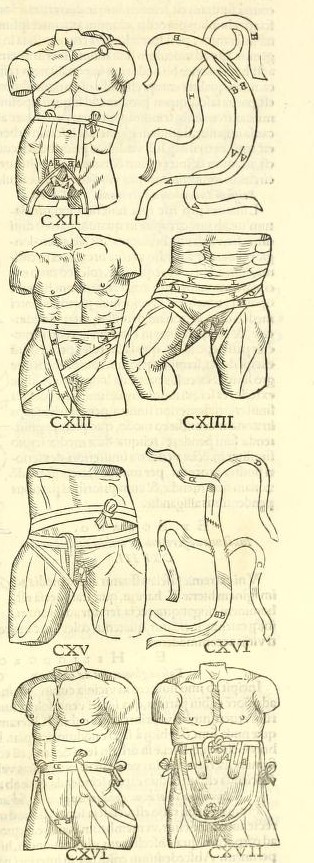
Illustrations from Galeni liborum septima classis, 1576. From the chapter titled de Fasciss (the dressing).
Galen
Galeni librorum septima classis, 1576
Aelius Galenus or Claudius Galenus (129 AD – 200/216) better known simply as Galen, was a physician, surgeon, and philosopher. Galen was interested in anatomy but dissections of human bodies were not allowed by Roman law; therefore, he dissected animals, namely monkeys and pigs, to better understand anatomy. He remained a well-respected anatomist until Andreas Vesalius challenged his teachings by publishing drawings inspired by human dissections. In this volume, illustrations cover treatments for a wide range of injuries and illnesses from common dressing techniques to more elaborate mechanical creations. This volume is published in Venice in Latin.
Click on the link to see other works by Galen in our collection.
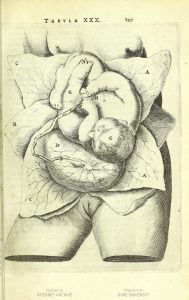
Table 30 titled, de uteri collo majore, from Bartholin’s, Anatomia published first in 1611 and republished in 1651
Caspar & Thomas Bartholin
Anatomia, ex Caspari Bartolini…, 1651
Anatomia is a volume published by Thomas Bartholin. It is a revised version of his father, Caspar Bartholin’s (1585-1629), book of anatomy. The first volume of Anatomia was first published by Caspar Bartholin in 1611. After its reprinting by Thomas Bartholin (1616-1680), Anatomia became a respected and well-cited authority on anatomy. The Bartholin’s were from Denmark. Thomas was physician, mathematician, and theologian. He discovered the lymphatic system in humans. Anatomia was published in the Netherlands in Latin.
Bartholomeo Eustachi
Tabulae anatomicae, 1722
Bartholomeo Eustachi (1500/1510 – 1574) was an Italian anatomist, who together with Andreas Vesalius is credited with founding the science of human anatomy. Eustachi was the first person to describe the anatomy of the teeth and discovered the adrenal glands. His anatomical drawings were completed after Vesalius’ influential. Tabulae anatomicae was first published in 1714 by Giovanni Maria Lancisi and paid for by Pope Clement XI. Note, the volume was not published during Eustachi’s lifetime but is composed of his anatomical engravings.
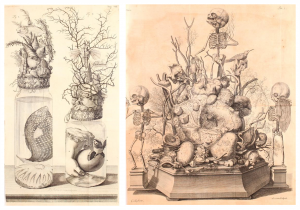
Illustrations from Frederik Ruysch’s Opera Omnia…Vol 3 & 4. These illustrations depict Ruysch’s methods of embalming and his creation of diaromas for his museum.
Frederik Ruysch
Opera omnia anatomico-medico-chirurgica Vol 1-2 & Vol 3-4, 1721 & 1733
Frederik Ruysch (1638-1731) was a Dutch botanist and anatomist. His illustrations showcase his technique for preserving specimens either through embalming techniques or drying and then displaying them in dioramas or imaginative scenes. The volumes in the HS/HSL include both anatomical drawings in addition to his dioramas and illustrations of specimens. Ruysch maintained his own museum within his residence, which was well known and visited by individuals from around the world. He was the first to discover Hirschsprung’s disease. These volumes were published in Latin in Amsterdam.
William Cowper
The anatomy of humane bodies, 1737, second edition
The Anatomy of Humane Bodies was published by William Cowper (1666-1709) and Christiaan Bernard Albinus in 1698 after after purchasing extra copies of Govard Bidloo’s plates from his publisher. Cowper wrote the text for the volume but published the plates without acknowledging Bidloo, which caused a conflict between the two men. The plates are considered “masterpieces of Dutch Baroque art.” Cowper’s reputation grew immensely from the publication of this book. It should be noted that copyright was not a concern during this time, there was no legal repercussions for this act. Instead the two men published several accusatory pamphlets in their defense.
William Cowper was an English surgeon and anatomist. He was a member of the Royal Society. The Cowper’s gland was named after him because he was the first to describe it.
Lorenz Heister
A compendium of anatomy, 1752, Translated from Latin
This volume of anatomy was compiled by Dr. Lorenz Heister (1683-1758) and translated from its original Latin. Heister was a German anatomist, surgeon, and botanist. He was a Fellow of the Royal Society and taught anatomy and surgery at the Universities of Altdorf and Helmstedt. Compendium was published first in 1721 and had 10 editions. This volume was published in London.
William Cheselden
The anatomy of the human body, 1792, 13th edition
The first edition of William Cheselden’s (1688-1752) Anatomy was published in 1713; the 13th edition is the last printing of this essential work. The volume was especially popular because it was published in English rather than Latin, making it more accessible to a larger audience. Cheselden was a surgeon and taught both anatomy and surgery; he was a Fellow of the Royal Society of London. In addition to his Anatomy, Cheselden published Osteographia of the Anatomy of Bones (1733), the first volume to accurately describe a human’s skeletal system.
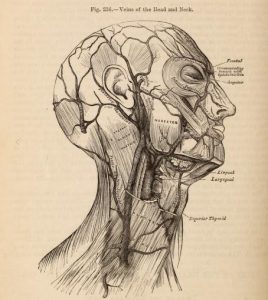
Carter’s illustration of the Veins of the Head and Neck from Anatomy, descriptive and surgical, 1866.
Henry Gray and Henry Vandyke Carter
Anatomy, descriptive and surgical, 1866, second American edition
Better known as Gray’s Anatomy, this pivotal work is still used and cited today. The volume was first published by Dr. Henry Gray (1821-1867) with illustrations by Dr. H. V. Carter in 1858. Today it’s in its 41st edition. Together Drs. Gray and Carter sought to create an affordable anatomy textbook for medical students.
Dr. Henry Gray was an anatomist and surgeon from Great Britain. He was a Fellow of the Royal Society. Dr. Gray and Dr. Henry Vandyke Carter (1831-1897) were friends. Dr. Carter was also an anatomist and surgeon in Great Britain. He was also an anatomical artist.


